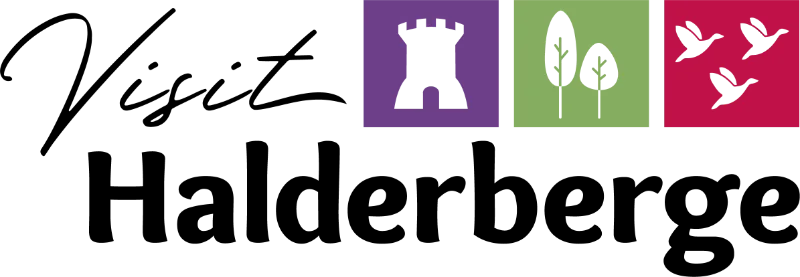From Bovendonk, the region flourished
In a monastery, things are not always what they seem at first glance. This is no different in Bovendonk. To begin with, the building. If you cast a glance, you swear it is symmetrical. Only when you look closely do you see the truth.
Cuypers' textbook example
Bovendonk originated as an outpost: a farm run by monks. They built and demolished a lot here. Living quarters, storehouses, places of worship. A country house for the bishop of Antwerp. In 1853, the first bishop of Breda chose Hoeven Bovendonk as his residence. In the autumn of 1895, the diocese commissioned the construction of the seminary.
The seminary building that now stands here is by ir Pierre Cuypers, the architect who defined the face of ecclesiastical Holland with hundreds of churches, including the basilica in Oudenbosch. He designed and built Bovendonk at the end of his career, when his style had crystallised. You can see elements of The Rijksmuseum (also by Cuypers) in Bovendonk.
Thanks precisely to an eventful history, during which the uithof was also empty for some time, this is the Cuypers building that is still most in its original form.
You won't discover symmetry here. No line, plane or pattern repeats itself. Cuypers was all about creating a harmonious image. Cold symmetry detracts from that. You can tell how proud he was of the monastery - and how great he considered himself - by the number of times he incorporated his own effigy into the interior.
Meekly entering the seminar
The building rose to house the priests' college. For many who walk around here, especially those without Catholic roots, feelings of admiration and disbelief will go hand in hand. What moves a healthy young man with a world to discover to lock himself in the seminary here? What devotion to a
Pious and devout living!
That you believe in a higher power is easy to imagine. But to give up so much for that? Hundreds of boys entered here every year. After a six-year training, most go back into the world as priests. One in five did not make it to ordination. They were thrown out through the side door early in the morning with their belongings.
Indeed, nothing is what it seems. The vast majority of students started the priestly training because it was expected of them. Those who botched the training or could not resist worldly temptations were a disgrace to their families.
Land conquered by monks
Perhaps you see the Catholic Church as a parasite in the Brabant countryside, to which farmers had to give up part of their harvest and their descendants? That image too does not do justice to reality. Before the monks came, this area was nothing more than a soggy swamp with a handful of smallholders.
Everything that has emerged here stems from prosperity brought by monks.
It is thanks to the church that there is something to cultivate here. This is because this land was reclaimed by the monks who settled on a higher spot in the wetlands, a donk on the border of sandy and clay soils. With little more than scythe and spade, they drove out the wasteland around them.
The monks did not only bring faith to the swamp. Their knowledge of agriculture also spread to the growing population. And it was the monks who provided education. Many Halderbergen people learned to read from a friar.
Everything from capable hands
At the time when the monastery was built, towards the end of the 19th century, everything came down to handwork. Power tools, heavy machinery, pre-fab parts: not an option, it simply wasn't there.
Do you like craftsmanship? In this respect, everything is what it seems.
All the wood you see at Bovendonk was handmade by carpenters on Cuypers' instructions. All bricks were laid after the art of clean masonry. You walk on the original floors laid with great care in
typical Cuypers patterns.
It says everything about the craftsmanship and choice of materials that the building stood the test of time so well.
Peace, love and happiness
In the second half of the 20th century, the church's influence declined, as did the number of students at the priesthood school. In 1967, the priest school closed and the seminary building remained functionless for a time.
After 12 years, salvation came in the form of Toon Hommel, a liberal priest who took care of the decaying seminary with his community. Like the monks who mined the land, they put their heart and soul into this place. And it was the 1970s, so there was also time for exuberant celebrations at Bovendonk.
Hommel opened its doors to the surrounding area. Hoeven residents volunteered to help refurbish it, local associations found a home there and a growing number of villagers attended church services in the chapel. In 1983, priest training returned on a smaller scale.
Where many feel at home
An uithof houses life in all its facets. On and around this donk, monks provided themselves with food and shelter. They expressed their spirituality here, with symbols and rituals, through exuberant worship and meditative rest.
At today's Bovendonk, you come to work, to reflect, to unwind and to party. There is room for everything, in that respect nothing has ever changed.
At Bovendonk, you will find the inspiration you are looking for. It's just what you look at and in what light you put it.

